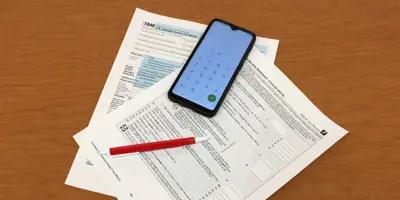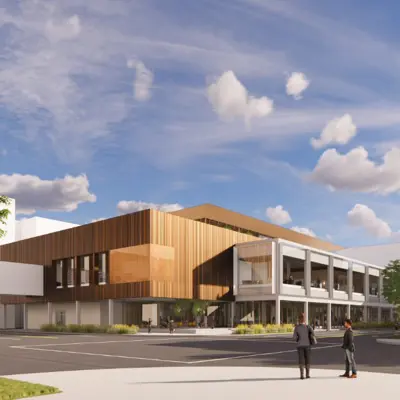Explore Lincoln City Libraries
Discover the services and programs offered throughout Lincoln City Libraries
Featured Stories
Explore the People, Programs and Stories Behind Lincoln City Libraries

Volunteer Income Tax Assistance
Volunteer Income Tax Assistance is available from January 31 to April 11.
Unique Victorian Selections
What better way to head into winter than an atmospheric Victorian read? These selections carry you from the everyday doldrums to foggy cobblestone streets and gaslit carriages. Follow heroines, detectives, scoundrels, and street urchins through the intrigues of the age.




















